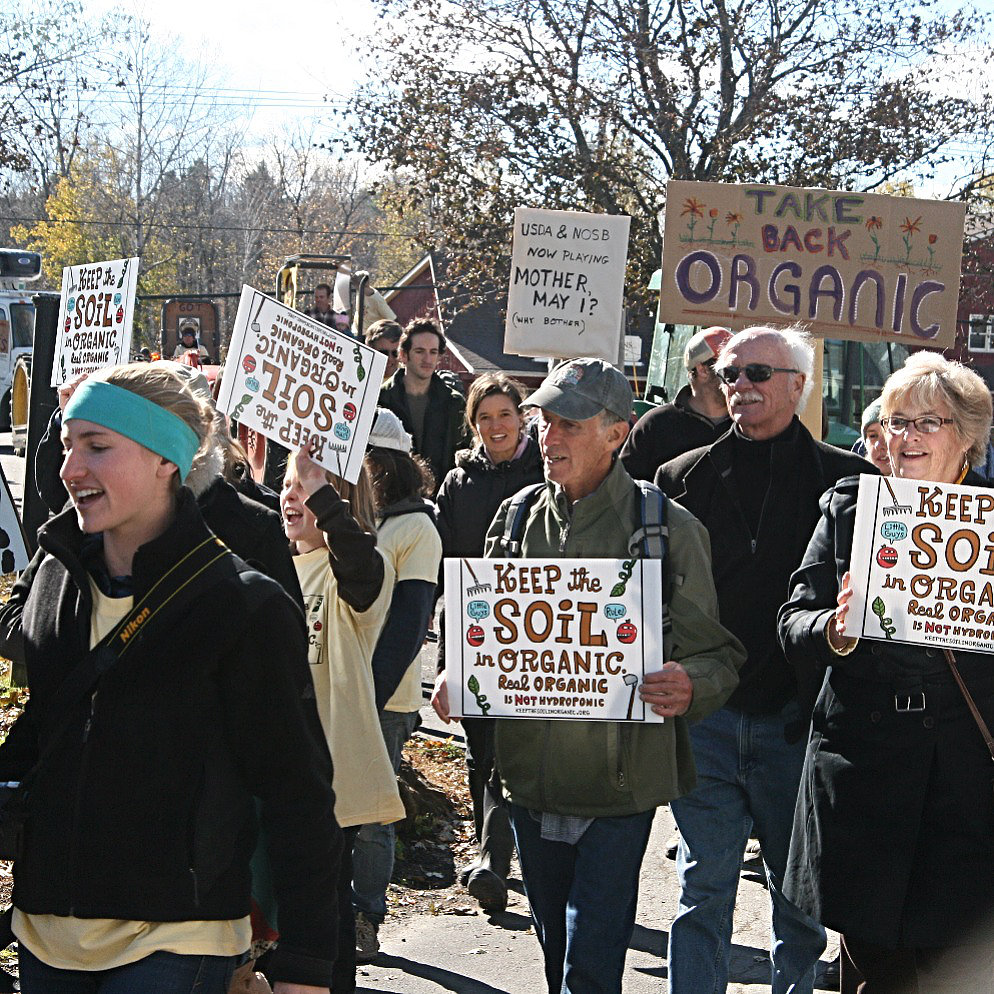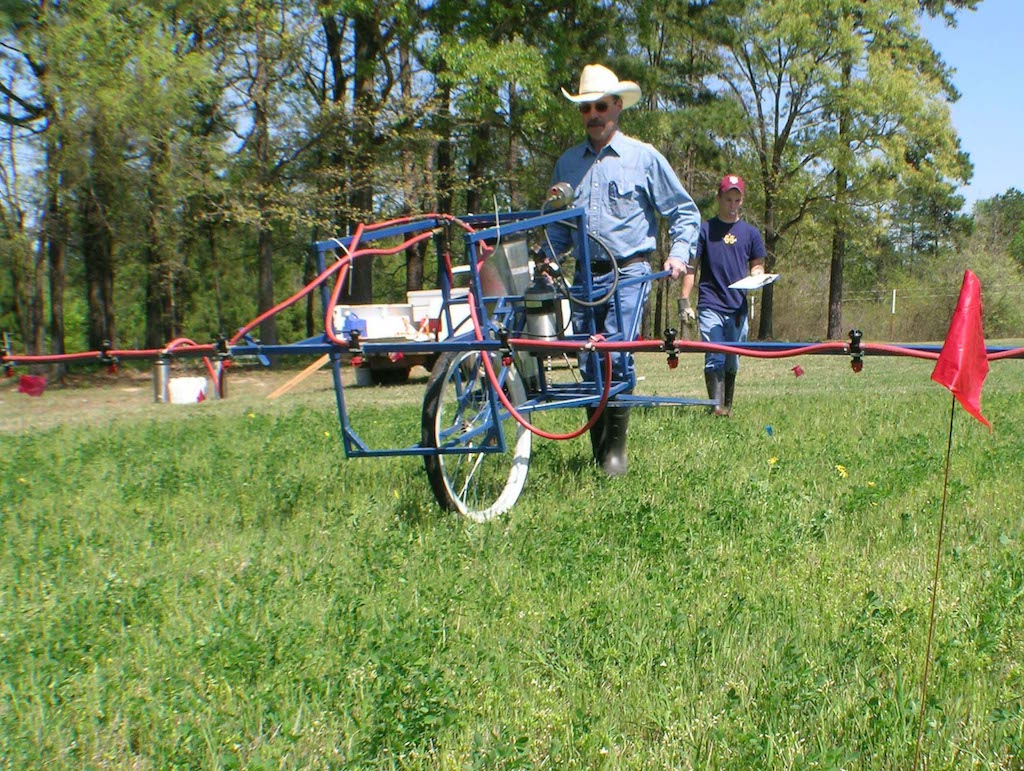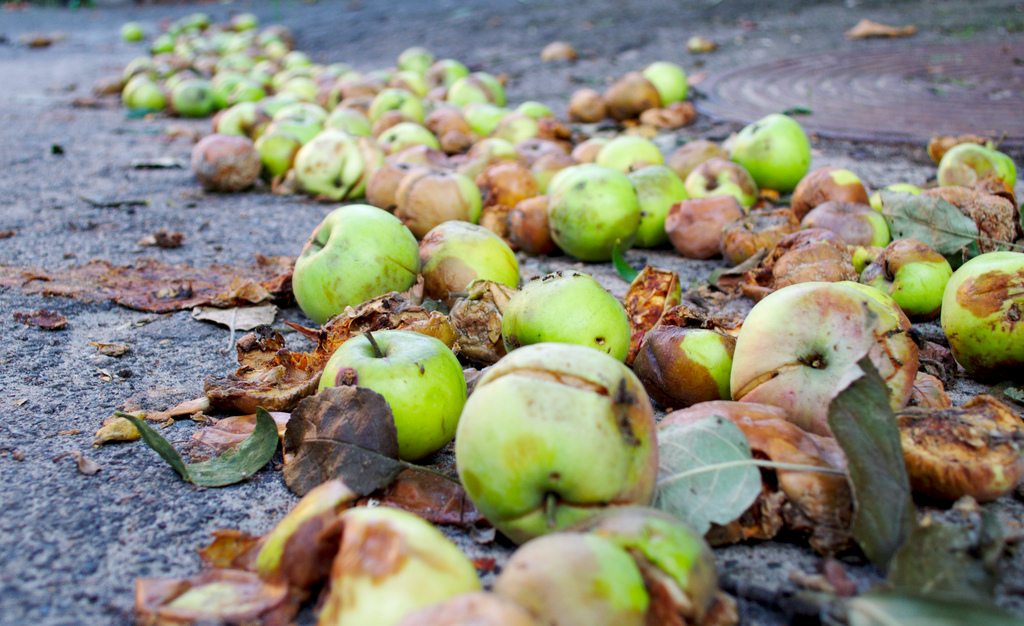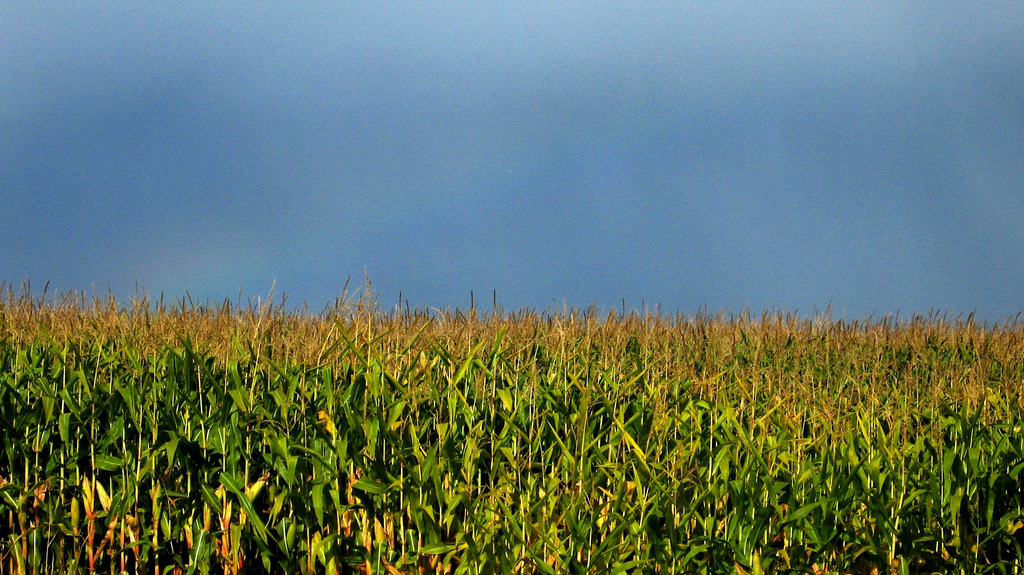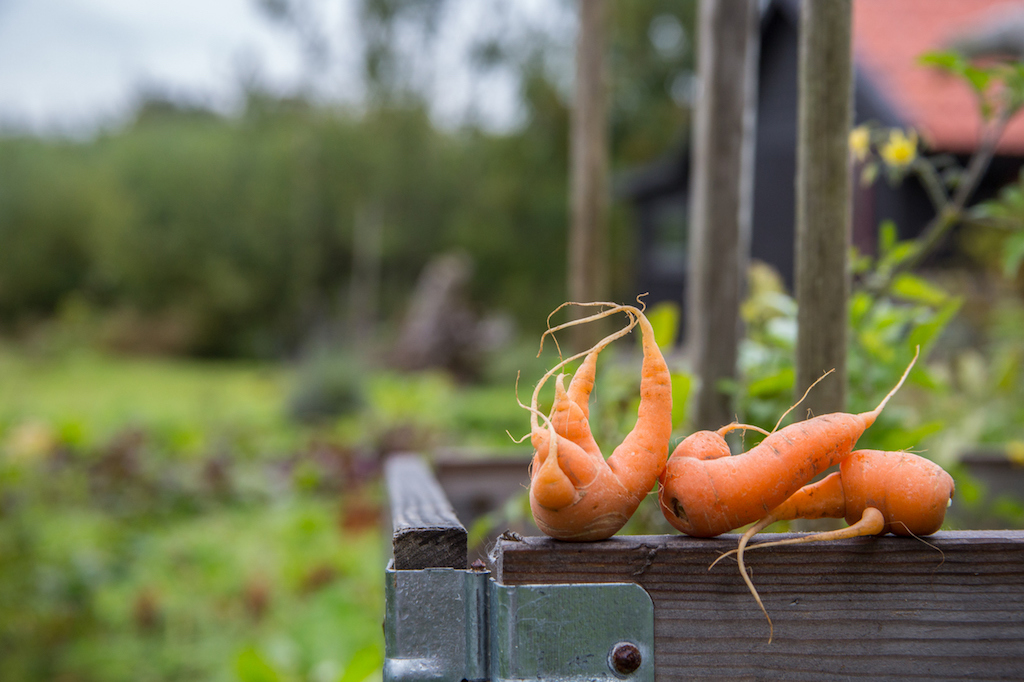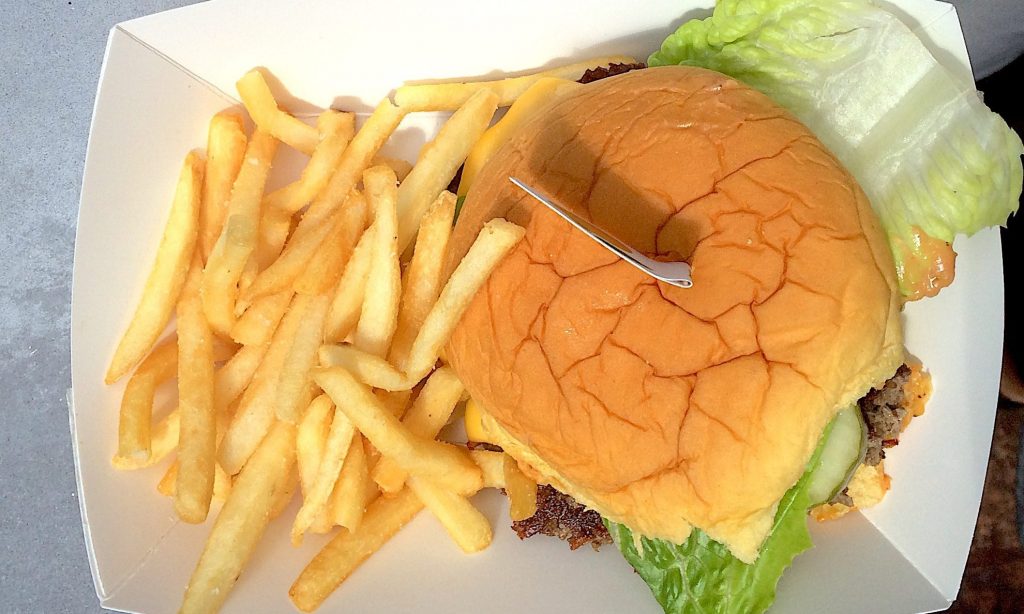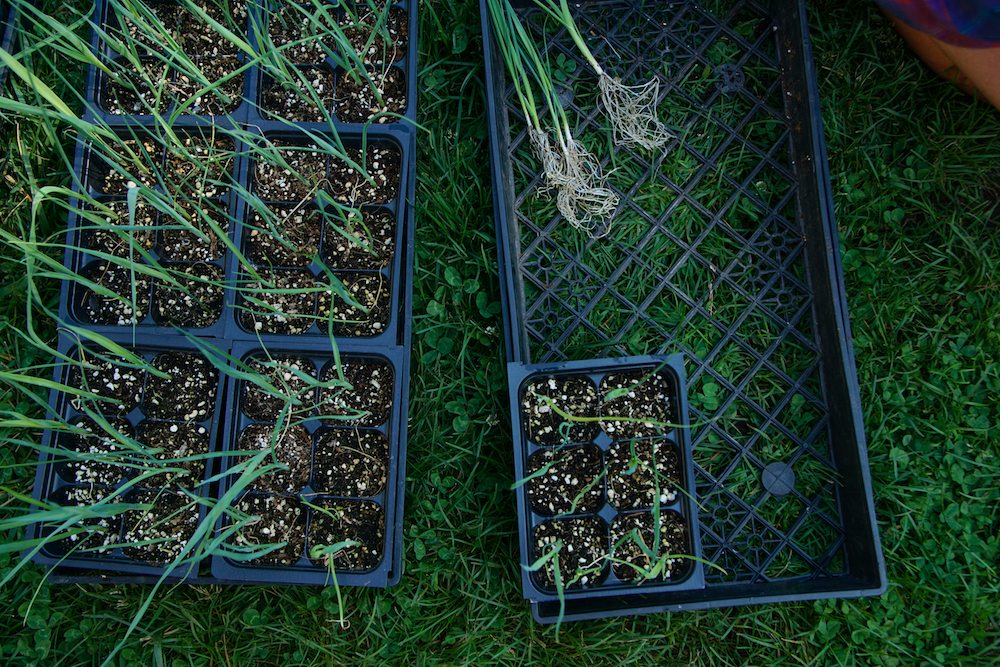
Prashanth Kamalakanthan
We’re devoting this entire week to looking back on the decade since The Omnivore’s Dilemma was published. Follow our coverage here.
A decade ago, Michael Pollan published The Omnivore’s Dilemma. To mark the occasion, Penguin Books will release a special 10th-anniversary edition this week, featuring a new afterword.
Out in the world beyond our plates, the fact that ten years have passed since the book’s publication is hardly earthshaking. After all, big thinkers publish big works of cultural import with high frequency, and their publishers promote them aggressively. Those works get us talking for a time and then, let’s face it, migrate to our bookshelves (or devices) so we can embark on the next novel provocation.
The Omnivore’s Dilemma is something else. Yes, it’s become shorthand for a certain kind of mindful eating, but that doesn’t mean its takeaway is passé. We’re a knowledgeable public in ways we simply weren’t ten years ago. In 2016, we’re all Michael Pollans, tracing our meals back to the source. (Though, today, the dilemmas are different.) We may never get to have the Big Bang revelation again–at least not in exactly the same way–but we’ll be grappling with the fallout for decades to come. It’s the end of the first 10 years and the beginning of the next fifty.
Pollan was by no means the first to write about the dilemma over what to have for dinner. The new food economy was collectively designed and realized well before he published. So why was Omnivore the first book about the food system that even my food-agnostic friends read? Well, I’ve got a theory about that. Perhaps it wasn’t a feat of invention or ingenuity as much as it was one of great intuition and even greater intimacy.
The year was 2006. Our love affair with the fictional government Aaron Sorkin fed us on The West Wing was coming to an end at the same time Diners, Drive-Ins and Dives was making its debut. If what we were watching on television at the time was any indication, we still needed our politics and food to seem both aspirational and down homey. High-minded but “palatable.” In other words: six years into the Bush II presidency and three years into a war that had become systemic, we wanted the world’s hard-to-swallow truths to be served up just so.
Pollan came along to give us something that was critical, focused, and shaped to the human scale of one man’s inquisitiveness. The “dilemma” was delivered as his physical, experiential attempt to capture what is implicated in any answer to what we choose for dinner. And as far as what now should be considered “palatable,” well … that’s become even more richly complicated. As one of our commentators will say in our Thursday installment: “The book made food sound both seductive and disgusting.”
Of course, for those of us who write The New Food Economy, our world is the plate. (And all the processes and materials and labor that go into making the plate as significant and powerful as it is.) It is in this crowded, chaotic food system that we embed ourselves, exclusively. That makes us uniquely interested in such an anniversary, and makes The New Food Economy uniquely positioned to host the after-party.
We’re devoting this entire week to conversations with Pollan and other notables in food (authors, activists, restaurateurs and practitioners). We’re also publishing our first-ever New Food Economy timeline of major food moments from the year 2000 until now. Consider it a definitive Cliffs Notes for the Food Studies set.
But first, to kick the week off, allow me to present a dilemma of a different sort–the editing kind. To get a visual artist’s take on how the world looks different post-Omnivore, we asked Jessica Helfand, a founding editor of Design Observer and an award-winning graphic designer and writer, to tell us what she thinks. Everyone else we solicited dutifully turned in–as ordered–a contribution in prose. Jessica returned hers as a graphic. The day we got it, we returned it to her with a “thanks-but-this-doesn’t-quite-fit-our-concept” regret. Then we looked at it again, along with her email explication:
“…I think Pollan’s book is still great a decade on. Thought triangulating the classic chicken-and-egg debate with a soylent green beef burger was a conceptual commentary that addressed your brief.”
Thing is, Jessica’s graphic comment says something words can’t possibly get at about how much more color we have access to now. I mean that both literally and figuratively: on the plate and in the parlance of eating. Sure, soylent green existed both as the name of a film and a paint chip before Pollan. But Soylent (the industrial food replacement) and synthetic hamburgers did not. Food and the remarks and conversations that now surround it are veering in unpredictable and mind-opening ways. Hey, isn’t that why we’re all here? Thanks, Jessica.


Kate Cox, editor

